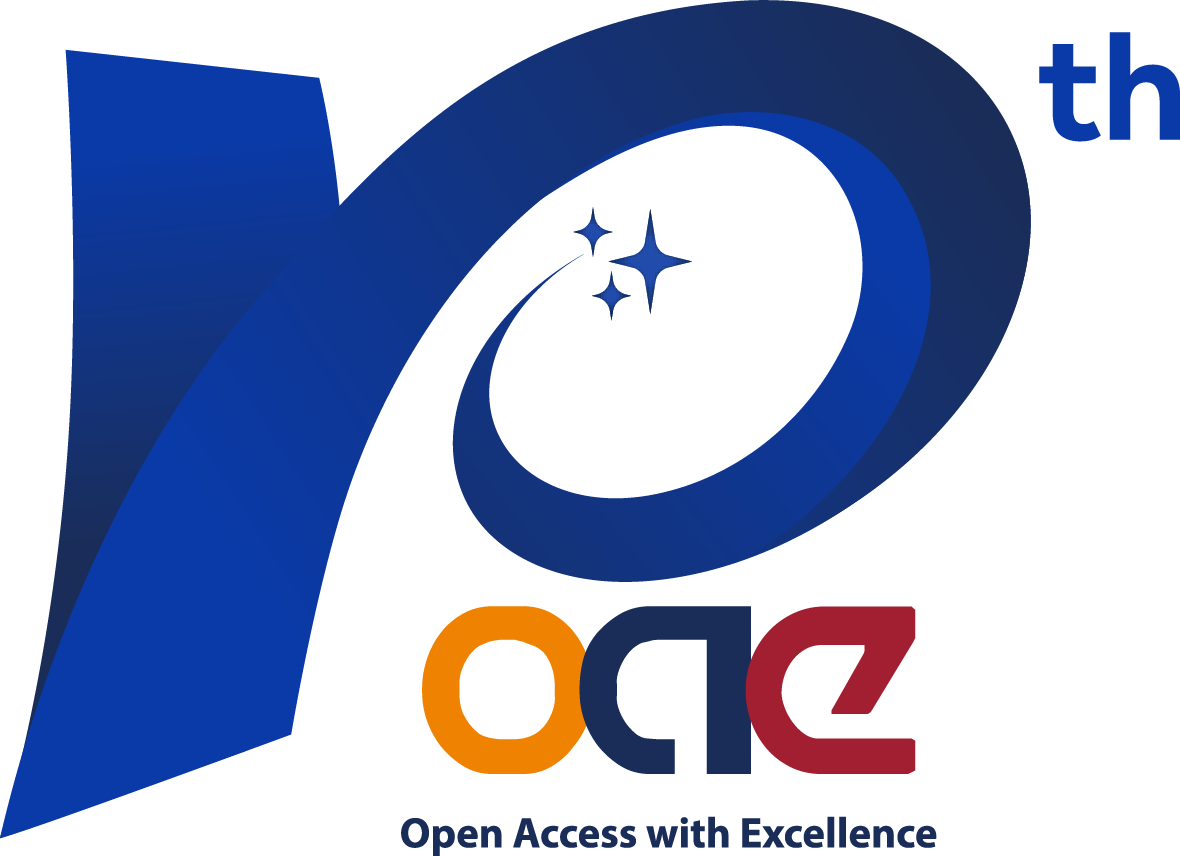Open Access Policy
What Is Open Access?
Open Access refers to online research outputs that are free of all restrictions on access and free of many restrictions on use.
There are two routes to open access:
Gold Open AccessGold Open Access makes the final version of an article freely and permanently accessible to everyone, immediately after publication. Copyright for the article is retained by the authors and most of the permission barriers are removed. Most gold open access articles are supported by Article Processing Charges (APCs), rather than through subscriptions. APCs may be paid by the author, the author's institution, or a funding agency.
Green Open AccessGreen Open Access, known as self-archiving, is the practice of placing a version of an author's manuscript into a repository, making it freely accessible to everyone. The version that can be deposited into a repository is selected at the discretion of the funder or publisher. Unlike Gold Open Access, the copyright for these articles usually sits with the publisher, or the society affiliated with, the title and there are restrictions as to how the work can be reused.
OAE Open Access Policy
OAE supports Gold Open Access, and encourages fundings to be made available to support authors.
All articles that are published through Gold Open Access are subject to rigorous peer review, professional editing and production services and will be freely accessible to all on website.
What Are Benefits of Gold Open Access?
- Readers can copy, distribute and use the attributed research free of charge as long as the authors are properly acknowledged and cited.
- The online availability of our open access journals facilitates fast publication. Accepted manuscripts are typically published online more rapidly in open access journals than in traditional, subscription-based and printed journals.
- As a paper is available to all as soon as it is published, research that builds on the paper can be carried out and published quicker. This is especially important in fast moving or time-sensitive fields (e.g., current epidemics).
- As articles are freely and permanently available online, they have a broader reach and higher citation than subscription content.
- Open Access helps the public without institutional subscriptions access the latest research.
- Content published under a CC-BY can be archived anywhere, allowing authors to easily comply with international funders' requirements.


